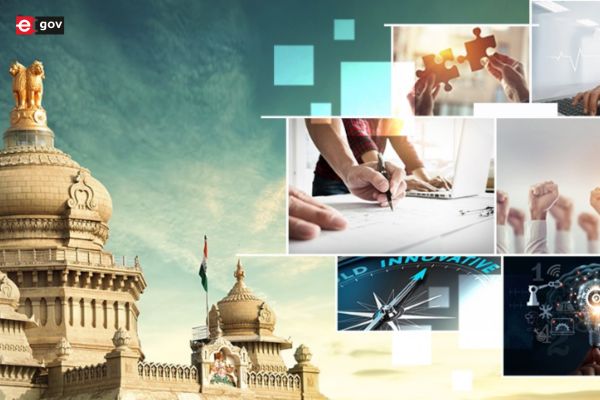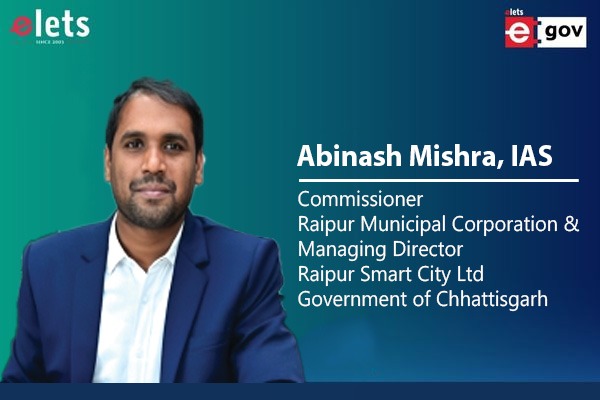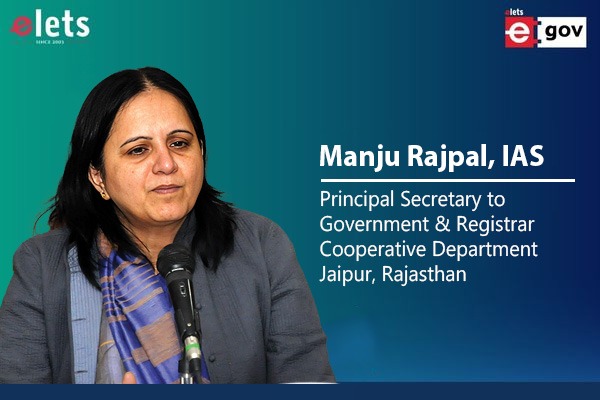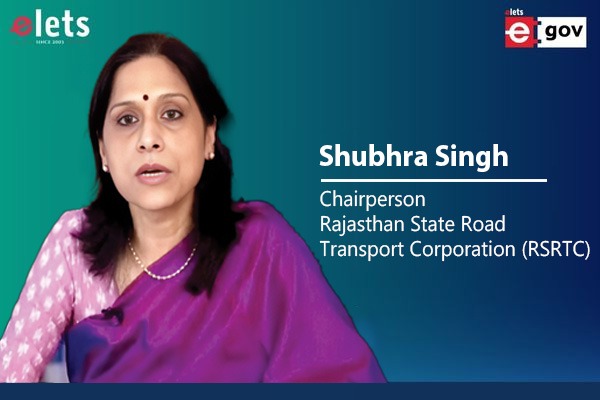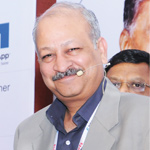
| Technology to enable smart cities |
 Executive Director, APTS With more and more job opportunities getting concentrated in big cities across the world and a continuous inflow of masses from the rural areas into urban areas in search of better lifestyle, It is expected that 80 per cent of the world’s population will be residing in cities by the year 2050. This will cause huge strain on the available urban resources, including housing, power, water, etc. So, there is an urgent need for having smart technologies to increase the efficiency of city systems and reduce the resource consumption. Thus, the proceeding in this session will go with two major themes, i.e. digital interruption and digital intervention, in the context of smart cities and also as a solution for smart cities, which lie ahead in time. |
| Technology gives you power |
 Senior Director & Head Oracle India How many of you believe you live in some kind of smart cities? How many of you pay your municipality tax over the Internet? How many of you can apply the passport online? How many of you get the gas connection through the pipe and not the cylinders? My belief is that we are already living in a smart city and we have to move to the smarter ones. Secondly, smart cities is about building blocks, which is about Internet of Things (IoT). Smart cities have different requirements and different stages of development. One has to look at the disruptive manner than the incremental one to change things. Once technology is brought in, it will give you power, neutralising a particular role. Startups will play a crucial role and there will be new business models as well. |

| Enabling services 24×7 |
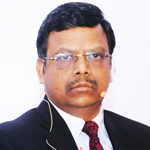 Business Development Manager Public Sector India, NetApp Smart cities is about a large amount of data and one needs disruptive technologies and solutions to cater to the needs of these high-tech cities. In simpler terms, smart city means smart things or it means different things for different people. It leverages technology across various facets of the city; be it health, transport, education or any other. It could also be a utility, but the primary thing is this will work on real time basis. Smart city enhances collaboration, which can be better brought through technologies, as it is mentioned that smart cities are all about data. Technology for smart cities must have a thoughtful consideration in defining state architecture because the quantum of it is far from what has been in the past 20 years. We have to keep an eye on technologies. For instance, cloud has become a reality and we should see how we can leverage it. It will not only minimise cost, but also improve availability and provide 24×7 services. |

| Smart mobility need of the hour |
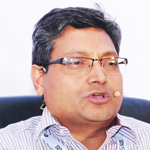 Transport Commissioner Government of Odisha A smart transportation brings in a lot of awareness among citizens. We have enabled services to help students get their learning licence in college itself. Once it is there, it’s easier for them to get driving licence. We are also coming with a driving track system and issue licences online, within three to four months. We are also trying to generate report on driving and facilitate bus operators’ permits online, so that when a person applies for a permit he knows its status. Another service is GIS mapping of routes, where the passenger and the operator can know the bus routes and numbers of the services plying on them. This not just helps in smooth movement of traffic, but also helps in better controlling traffic movement, especially in big cities. With each passing day, more and more smart transport systems are being introduced. |
| Rules and regulations need change |
 Commissioner Kalyan Dombivalli Municipal Corporation Government of Maharashtra Commissioner, Kalyan Dombivalli Municipal Corporation, Government of MaharashtraIt is vital to know how the government sees the vision of smart cities and how guidelines are reached. The projects have two essential categories: one is area-based projects and another is pan-city projects. There are three criteria for these projects, namely redevelopment, retrofitting and greenfield development. Its weightage is of 80 per cent, pan city, which is 20 percent of IT solutions. When we implement such services, the government has to initiate a set of laws. Thus, we need changes in rules and regulations. Apart from changes in norms, there is also need for deployment of smarter technologies, which can facilitate city systems much better as compared to manual handling of the same. |
Be a part of Elets Collaborative Initiatives. Join Us for Upcoming Events and explore business opportunities. Like us on Facebook , connect with us on LinkedIn and follow us on Twitter, Instagram.
"Exciting news! Elets technomedia is now on WhatsApp Channels Subscribe today by clicking the link and stay updated with the latest insights!" Click here!








